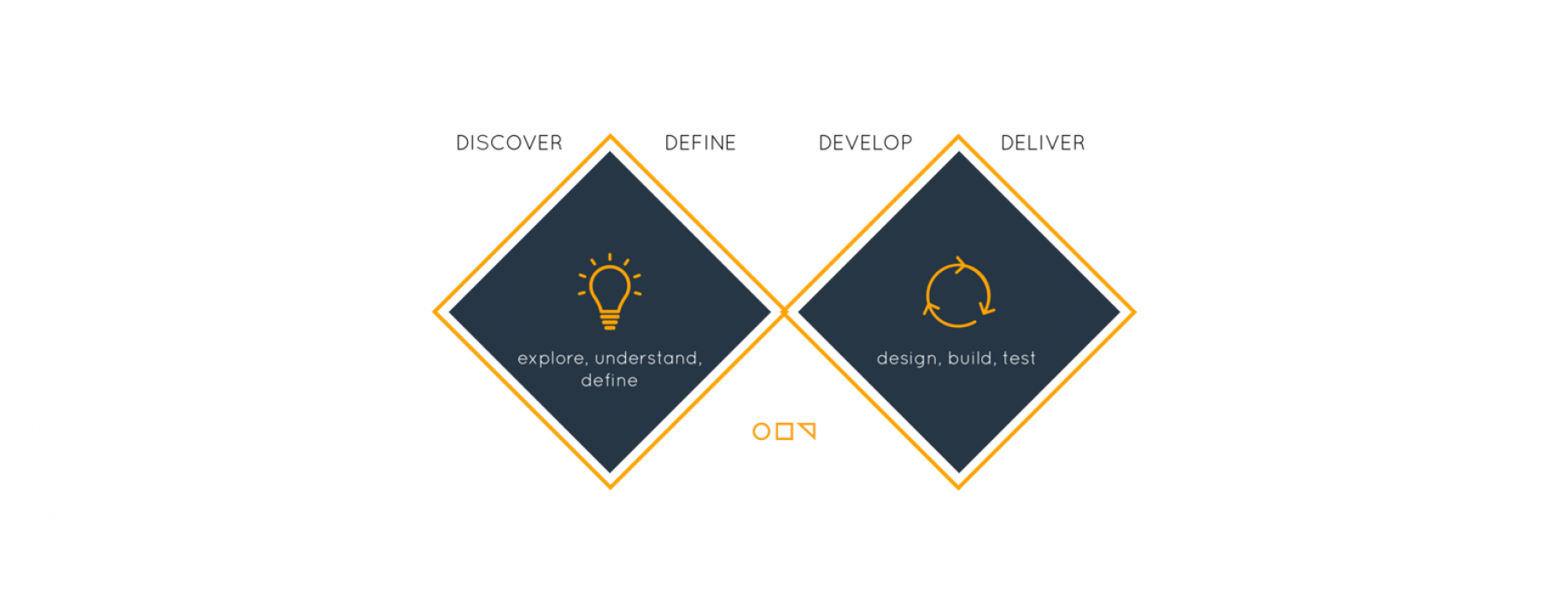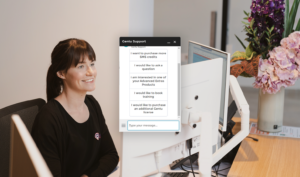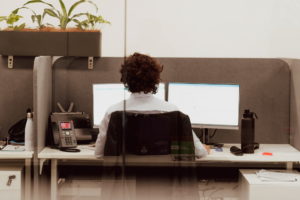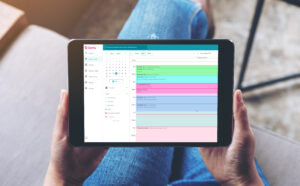Co-design is an integral part of Genie Solutions’ Research and Development (R&D) program. The only way we’re going to build software that delights our practitioners is to get them directly involved in the process. We invest in co-design because while we may have the tools to develop intuitive products, you know (better than we ever could) what your workflow is and how you best work within your practice.
Co-design is a product development process that involves you. It eliminates the need for us to make assumptions. We don’t miss important elements because we ask, we delve, and we find out what you need. We establish a constant feedback loop with people using our services. This is hugely beneficial to you. Our iterative process involves exploratory research to better define the problem requiring the solution and developmental design with, most critically, your input. We approach co-design with an open mind and we don’t have pre-determined ideas about what we think you need. We save our energy for coming up with new solutions after we’ve talked to you to help your workday flow smoother.
The co-design process: a case study
In mid-2018 we sought to develop a product tailored to the specialists working in Obstetrics and Gynaecology. Our UX Designer Michael Wilkins worked with a team of seven designers and developers in the co-design process. Michael and his team realised each specialty had exacting requirements and needed to ‘talk’ to General Practices, referrers, Medicare, and private health funds in specific ways.
“Rather than developing a product and taking that to the specialist market, we realised it would be more efficient and have greater impact if the specialists had a genuine say in the product development,” Michael said.
Our team went to the annual Royal Australian and New Zealand College of Obstetricians and Gynaecologists (RANZCOG) conference to talk to this specialist group. Michael said the conference gave invaluable insight into crafting and moulding the specialist software.
“We originally wanted to showcase a coded prototype, but the conference format didn’t suit that. We used the opportunity, instead, to gather the thoughts of more than 50 specialists. Since this conference, we have involved a core co-design working group of ten Obstetricians and Gynaecologists and a Practice Manager in our feedback loops every few days. We used all engagement channels with this group: email surveys, telephone conversations, video conference chats, and workshopping information sessions. A key finding was that each engagement uncovered a different perspective on the same data, from the same person. We found this gave us a more fulsome picture of what was required.”
This process uncovered the need for automation of pathology results—now scheduled for development in 2019. “We also found out we need for more visual data representation—a way for meaningful infographics to be incorporated into our software to reduce the monotony for doctors looking at streams and streams of dry data. We’re investigating how to do this at the moment,” Michael said.
We’ve now released this co-designed module and look forward to working with other specialists to deliver what is really needed—not what we think is needed. “The difference between traditional R&D and co-design is that traditionally you ask customers what they want, and you receive a list of desirable features,” Mr Wilkins said. “But with co-design, you investigate, collaborate, and explore so you find out the customers’ true needs—you find out the desired outcome and you work out how to get there.” While the difference is subtle, the results are powerful.
Michael and the rest of the UX team are about to begin the next phase of co-design observing doctor consultations and how specialists, patients, and administrative teams interact with the software. “We’re going to see how Genie Solutions products are used in the workplace and witness, first hand, the workflow, benefits, and challenges.”
Here at Genie Solutions we’re setting a co-design schedule for 2019. We look forward to talking with many of you and working on our new Orthopaedic Surgery module as well as the recently announced Patient Portal.
Building products from the ground up
Co-design is about to open the door to another element of medical practice administration—patient bookings, referrals, and follow-ups.
UX/UI Designer, Azi Nasiri, said the Genie Solutions Patient Portal would find the balance between usability, feasibility, and desirability when being built.
“As a UX/UI designer, I’ll help with designing the user experience in the product through customer research and finding this balance. Co-design will help us improve our knowledge of customer needs and generate creative ideas that are valuable for them. It will help us validate our ideas with our customer and deliver them high quality and efficient workflows and products. It also helps customers understand they are contributing the design of products, resulting in improved acceptability and desirability.”
The Patient Portal is being designed to respond to the accelerating pace of digital health, improve efficiencies in practices and win back more time for clinicians to focus on the needs of their patients.
It will deliver immediate time savings for patients, specialists and practices through digital forms and surveys, online appointment bookings and integrated patient view.
What will co-design uncover?
So far, through co-design, you’ve told us about your need for automated data and visual presentation. You’ve guided us through the need for intuitive workflow and logical processes. We’re pleased to share with you the benefits of co-design; the fact you can mould the software to how you want to use, is something we’re very proud of.
What will this design process will reveal in future, only you can tell!





